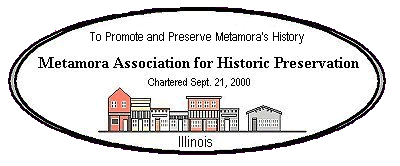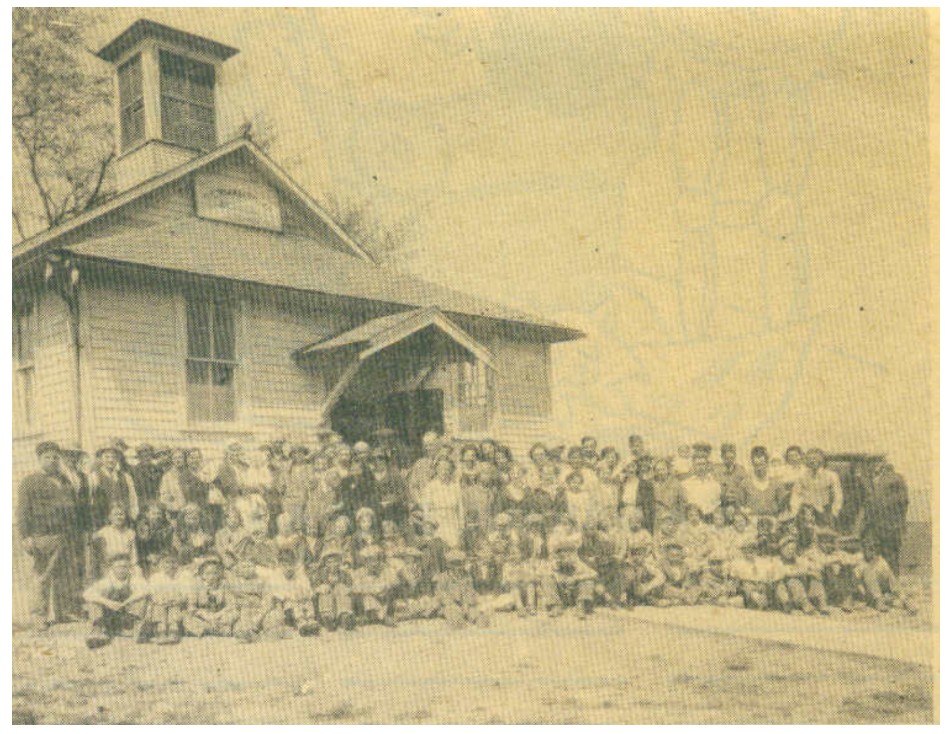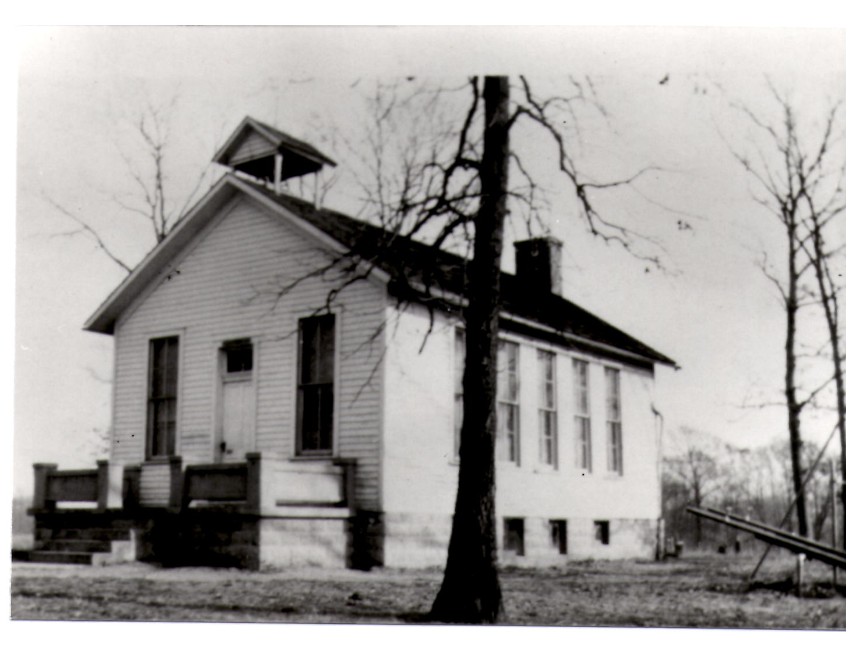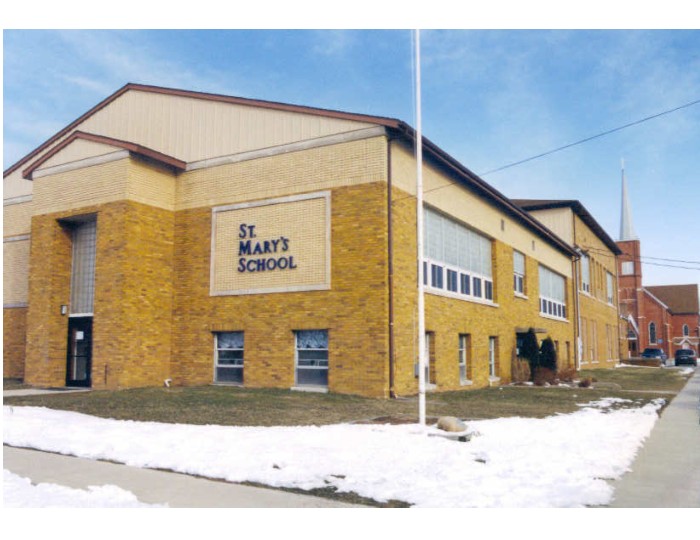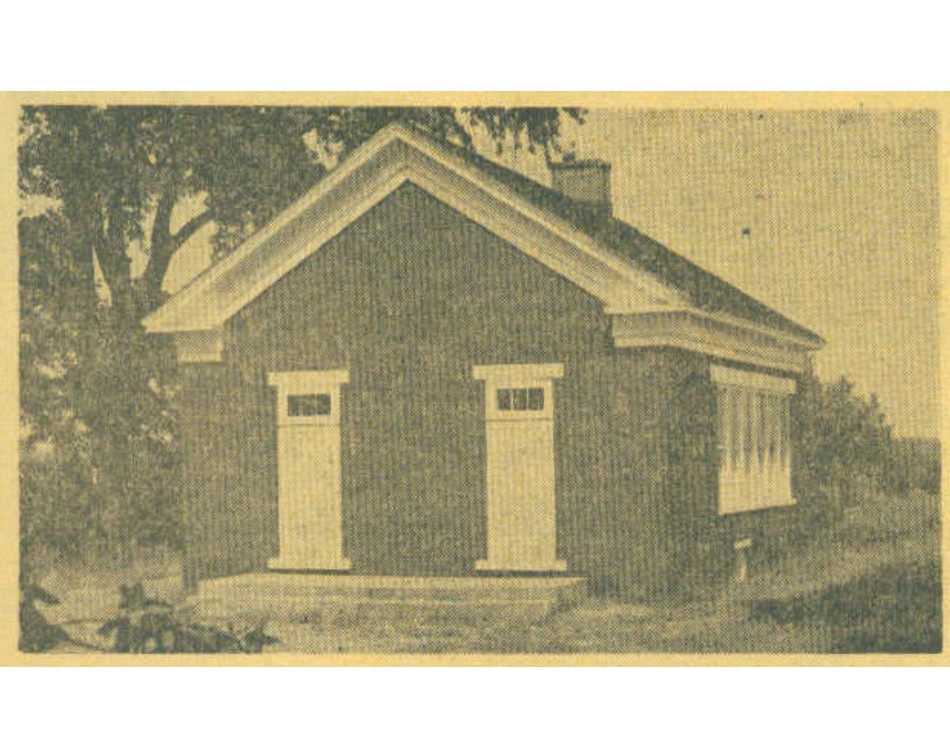
Captain Parker Morse came to Woodford County from Vermont in 1835. He came with his family in a wagon pulled by horses. The journey took six weeks to reach Chicago and three weeks more downstate to what is now Woodford County. At that time this area was a part of Tazewell County and it was not until 1841 that Woodford County was established.
In 1836, three men—Parker Morse, James Owen, and Thomas Jones decided that a rough hewn wilderness needn’t necessary mean uneducated children. They formed a district including the land of the present day Morsetown district and including land north as far as Cazenovia and Low Point.
Miss Love K. Morse, daughter of Parker Morse was hired to teach, part of the time in a room of a private home, and part of the time in a building built for that purpose. At the end of the term her brother Joseph, taking the necessary papers with him rode to Springfield to collect pay for her work. This school according to early histories of Woodford County was the first free school in Woodford County, and by some authorities, the first free school in the state of Illinois.
The first building was a white frame building, with boards running up and down the walls. It was located north of the present building, somewhere between John Voelker’s and Arthur Gingrich’s. It was later sold to Marcellus Wilson, who moved it to the farm where Roger Bachman now lives. It was later moved to the Smith Robinson farm and is now occupied by the Guy Gold family. It was originally used for a church on Sunday and a school during the week. School was held for three terms each year, sometimes with a different teacher for each term.
In 1854, a new district was formed. Between this time and 1858 the materials were ordered, delivered, and the building erected—much of the work being done by the farmers living in the district. Old records show that some of the bricks were hauled from Spring Bay at the cost of $3.50 per thousand. While we cannot determine the exact date that school was held in the new building, bills for books and desks lead us to believe that it was during the school year of 1857-58. Tax receipts show that various individuals had paid their taxes directly to the school district. The district purchased all books and furnished them to the students. Of the 27 persons, between the ages of 5 and 21 in the district in 1862, we found that 23 were in regular attendance at school, indicating that the desire for education was as strong then as now. A bill dated 1884 shows that double desks are purchased at that time.
At the turn of the century in the early 1900’s a new school law was passed required all districts to be renumbered. At that time Morsetown was changed from District 2 to District 42.
This school has come through the stages of candles, kerosene lights, to electric lights; front straight benches, double seats, old single seats to the present single units. In 1930 a full basement was dug, cement lined and a furnace was installed.
Major improvements were again added in 1953 when the furnace was converted to oil, a new well dug, and plumbing was installed. This year, 1957, a new bulletin board and a new piano were added to the room along with a face lifting in the form of redecorating inside one out.
In 1960, the Woodford County Board of School Trustees voted unanimously to annex District 42 to Metamora Consolidated Grade School District No. 1. This official action marked the end of the last remaining one-room school in the county. The state closed Morsetown School after 103 years of continuous education. Over the years, several families in the area have had three and four generations attend Morsetown School, names like Bachman, Voelker, Schrock, Ranney and Robinson.
In the same year, approval was given by the state to use the Morsetown Grade School for trainable mentally handicapped. After several years, the school was converted into a private home and it stands yet today.
History taken from the Metamora Herald and the publication printed for the centennial of the school in 1957.
History and photos submitted by Shirley A. Adams.
